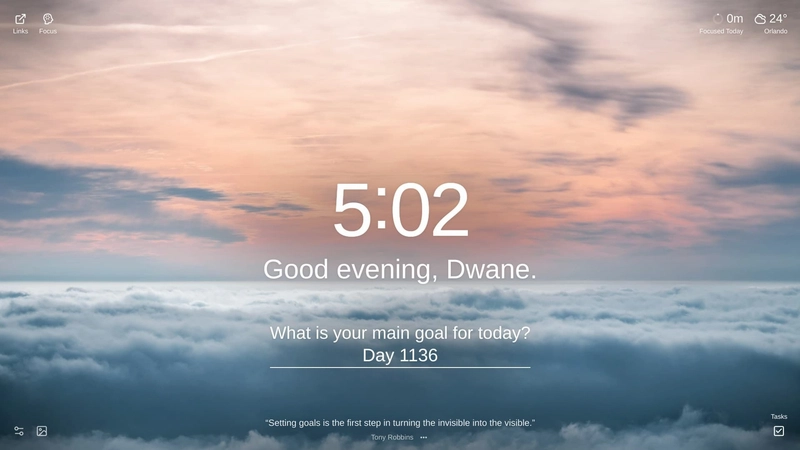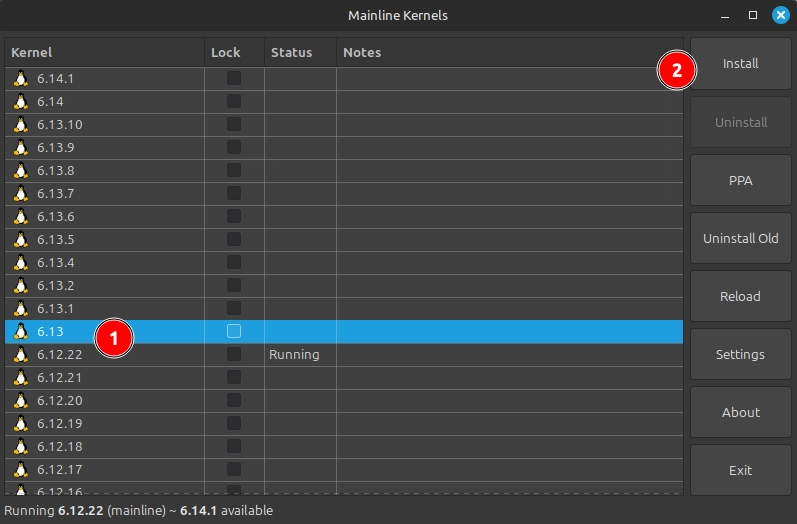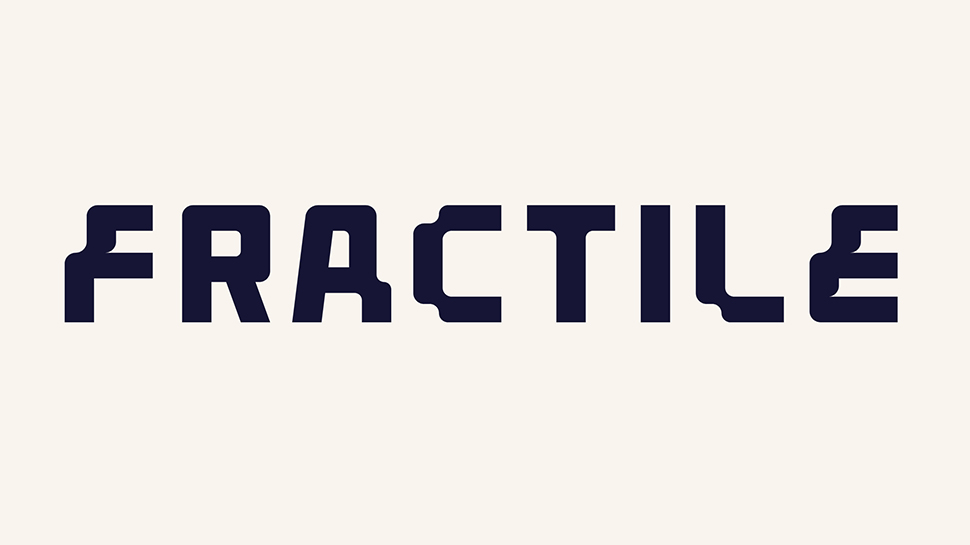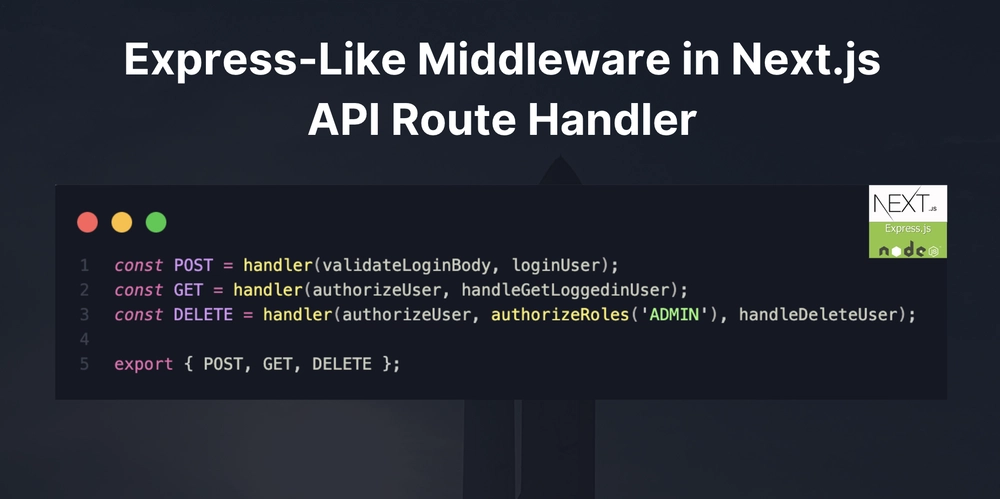Different ways of setting State in React
In React, the useState hook is used to manage state in functional components. There are several ways to set or update the value of a state variable using useState. Below are different methods and examples to demonstrate how you can set or update state values. 1. Setting Initial State The most basic way to initialize state is by passing an initial value to useState. import React, { useState } from 'react'; function App() { const [count, setCount] = useState(0); return ( Count: {count} setCount(10)}>Set Count to 10 ); } Here, useState(0) initializes the count state to 0. The setCount(10) function sets the count state to 10 when the button is clicked. 2. Updating State Based on the Previous State When updating state based on the previous state, it's important to use the functional form of the state setter function. This ensures that you're working with the most up-to-date state, especially in asynchronous scenarios. import React, { useState } from 'react'; function App() { const [count, setCount] = useState(0); const increment = () => { setCount((prevCount) => prevCount + 1); // Functional update }; const decrement = () => { setCount((prevCount) => prevCount - 1); // Functional update }; return ( Count: {count} Increment Decrement ); } In this example, setCount((prevCount) => prevCount + 1) updates the count state based on its previous value. This is particularly useful when multiple state updates might happen in quick succession (e.g., inside loops or asynchronous functions). 3. Updating Complex State (Objects or Arrays) When dealing with objects or arrays, you need to be careful because React's state updates are shallow. This means that you should always create a new object or array when updating state to ensure React detects the change. Example with Objects: import React, { useState } from 'react'; function App() { const [user, setUser] = useState({ name: 'John', age: 30 }); const updateName = () => { setUser((prevUser) => ({ ...prevUser, name: 'Jane' })); // Spread operator to copy previous state }; const updateAge = () => { setUser((prevUser) => ({ ...prevUser, age: 35 })); // Spread operator to copy previous state }; return ( Name: {user.name}, Age: {user.age} Change Name to Jane Change Age to 35 ); } Here, setUser is used to update the user object. We use the spread operator (...) to create a shallow copy of the previous state and then override specific properties (name or age). Example with Arrays: import React, { useState } from 'react'; function App() { const [items, setItems] = useState([1, 2, 3]); const addItem = () => { setItems((prevItems) => [...prevItems, prevItems.length + 1]); // Add a new item }; const removeItem = () => { setItems((prevItems) => prevItems.slice(0, -1)); // Remove the last item }; return ( Items: {items.join(', ')} Add Item Remove Item ); } In this example, setItems is used to update the items array. To add an item, we spread the previous array and append a new element. To remove an item, we use slice to create a new array without the last element. 4. Batching Multiple State Updates React automatically batches state updates for performance optimization. However, if you want to ensure multiple state updates are batched together, you can use functional updates. import React, { useState } from 'react'; function App() { const [count, setCount] = useState(0); const [message, setMessage] = useState('Initial Message'); const updateBoth = () => { setCount((prevCount) => prevCount + 1); setMessage((prevMessage) => `${prevMessage} Updated`); }; return ( Count: {count} Message: {message} Update Both ); } In this example, both setCount and setMessage are called in sequence. React will batch these updates together, ensuring that the component re-renders only once. 5. Lazy Initialization of State You can pass a function to useState if the initial state requires some computation or is expensive to calculate. This function will only run once during the initial render. import React, { useState } from 'react'; function App() { const computeInitialValue = () => { console.log('Computing initial value...'); return 42; }; const [value, setValue] = useState(() => computeInitialValue()); return ( Value: {value} setValue(100)}>Set Value to 100 ); } Here, computeInitialValue is only called once during the initial render, thanks to the lazy initialization pattern. This is useful when the initial state calculation is expensive or involves side effects. 6. Resetting State to Initial Value Sometimes you may want to reset the state to its initial va

In React, the useState hook is used to manage state in functional components. There are several ways to set or update the value of a state variable using useState. Below are different methods and examples to demonstrate how you can set or update state values.
1. Setting Initial State
The most basic way to initialize state is by passing an initial value to useState.
import React, { useState } from 'react';
function App() {
const [count, setCount] = useState(0);
return (
<div>
<p>Count: {count}p>
<button onClick={() => setCount(10)}>Set Count to 10button>
div>
);
}
- Here,
useState(0)initializes thecountstate to0. - The
setCount(10)function sets thecountstate to10when the button is clicked.
2. Updating State Based on the Previous State
When updating state based on the previous state, it's important to use the functional form of the state setter function. This ensures that you're working with the most up-to-date state, especially in asynchronous scenarios.
import React, { useState } from 'react';
function App() {
const [count, setCount] = useState(0);
const increment = () => {
setCount((prevCount) => prevCount + 1); // Functional update
};
const decrement = () => {
setCount((prevCount) => prevCount - 1); // Functional update
};
return (
<div>
<p>Count: {count}p>
<button onClick={increment}>Incrementbutton>
<button onClick={decrement}>Decrementbutton>
div>
);
}
- In this example,
setCount((prevCount) => prevCount + 1)updates thecountstate based on its previous value. - This is particularly useful when multiple state updates might happen in quick succession (e.g., inside loops or asynchronous functions).
3. Updating Complex State (Objects or Arrays)
When dealing with objects or arrays, you need to be careful because React's state updates are shallow. This means that you should always create a new object or array when updating state to ensure React detects the change.
Example with Objects:
import React, { useState } from 'react';
function App() {
const [user, setUser] = useState({ name: 'John', age: 30 });
const updateName = () => {
setUser((prevUser) => ({ ...prevUser, name: 'Jane' })); // Spread operator to copy previous state
};
const updateAge = () => {
setUser((prevUser) => ({ ...prevUser, age: 35 })); // Spread operator to copy previous state
};
return (
<div>
<p>Name: {user.name}, Age: {user.age}p>
<button onClick={updateName}>Change Name to Janebutton>
<button onClick={updateAge}>Change Age to 35button>
div>
);
}
- Here,
setUseris used to update theuserobject. - We use the spread operator (
...) to create a shallow copy of the previous state and then override specific properties (nameorage).
Example with Arrays:
import React, { useState } from 'react';
function App() {
const [items, setItems] = useState([1, 2, 3]);
const addItem = () => {
setItems((prevItems) => [...prevItems, prevItems.length + 1]); // Add a new item
};
const removeItem = () => {
setItems((prevItems) => prevItems.slice(0, -1)); // Remove the last item
};
return (
<div>
<p>Items: {items.join(', ')}p>
<button onClick={addItem}>Add Itembutton>
<button onClick={removeItem}>Remove Itembutton>
div>
);
}
- In this example,
setItemsis used to update theitemsarray. - To add an item, we spread the previous array and append a new element.
- To remove an item, we use
sliceto create a new array without the last element.
4. Batching Multiple State Updates
React automatically batches state updates for performance optimization. However, if you want to ensure multiple state updates are batched together, you can use functional updates.
import React, { useState } from 'react';
function App() {
const [count, setCount] = useState(0);
const [message, setMessage] = useState('Initial Message');
const updateBoth = () => {
setCount((prevCount) => prevCount + 1);
setMessage((prevMessage) => `${prevMessage} Updated`);
};
return (
<div>
<p>Count: {count}p>
<p>Message: {message}p>
<button onClick={updateBoth}>Update Bothbutton>
div>
);
}
- In this example, both
setCountandsetMessageare called in sequence. - React will batch these updates together, ensuring that the component re-renders only once.
5. Lazy Initialization of State
You can pass a function to useState if the initial state requires some computation or is expensive to calculate. This function will only run once during the initial render.
import React, { useState } from 'react';
function App() {
const computeInitialValue = () => {
console.log('Computing initial value...');
return 42;
};
const [value, setValue] = useState(() => computeInitialValue());
return (
<div>
<p>Value: {value}p>
<button onClick={() => setValue(100)}>Set Value to 100button>
div>
);
}
- Here,
computeInitialValueis only called once during the initial render, thanks to the lazy initialization pattern. - This is useful when the initial state calculation is expensive or involves side effects.
6. Resetting State to Initial Value
Sometimes you may want to reset the state to its initial value. You can do this by storing the initial value in a variable and using it to reset the state.
import React, { useState } from 'react';
function App() {
const initialValue = 0;
const [count, setCount] = useState(initialValue);
const resetCount = () => {
setCount(initialValue);
};
return (
<div>
<p>Count: {count}p>
<button onClick={() => setCount(count + 1)}>Incrementbutton>
<button onClick={resetCount}>Resetbutton>
div>
);
}
- In this example,
initialValueis stored in a variable, andresetCountresets thecountstate to0.
Summary of Different Ways to Set State:
-
Directly setting a new value:
setState(newValue) -
Updating based on the previous state:
setState((prevState) => newState) -
Updating complex state (objects/arrays): Use the spread operator (
...) to create a new object or array. - Batching multiple state updates: React automatically batches updates, but you can use functional updates to ensure consistency.
-
Lazy initialization: Pass a function to
useStatefor expensive initial state calculations. - Resetting state: Store the initial value in a variable and reset the state using that value.
These techniques give you flexibility in managing state in React applications, whether you're dealing with simple values, complex objects, or arrays.






































































































































































![[The AI Show Episode 143]: ChatGPT Revenue Surge, New AGI Timelines, Amazon’s AI Agent, Claude for Education, Model Context Protocol & LLMs Pass the Turing Test](https://www.marketingaiinstitute.com/hubfs/ep%20143%20cover.png)

































































































































![From drop-out to software architect with Jason Lengstorf [Podcast #167]](https://cdn.hashnode.com/res/hashnode/image/upload/v1743796461357/f3d19cd7-e6f5-4d7c-8bfc-eb974bc8da68.png?#)









































































































.jpg?#)































_ArtemisDiana_Alamy.jpg?#)


 (1).webp?#)









































































-xl.jpg)













![Yes, the Gemini icon is now bigger and brighter on Android [U]](https://i0.wp.com/9to5google.com/wp-content/uploads/sites/4/2025/02/Gemini-on-Galaxy-S25.jpg?resize=1200%2C628&quality=82&strip=all&ssl=1)









![Apple Vision Pro 2 Allegedly in Production Ahead of 2025 Launch [Rumor]](https://www.iclarified.com/images/news/96965/96965/96965-640.jpg)


![New iOS 19 Leak Allegedly Reveals Updated Icons, Floating Tab Bar, More [Video]](https://www.iclarified.com/images/news/96958/96958/96958-640.jpg)
































































































































